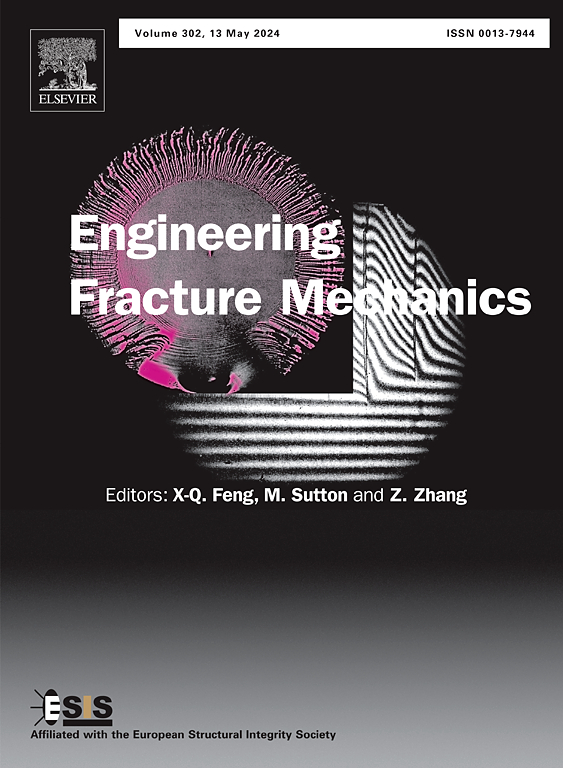Damage characteristics and YOLO automated crack detection of fissured rock masses under true-triaxial mining unloading conditions
IF 4.7
2区 工程技术
Q1 MECHANICS
引用次数: 0
Abstract
The study of mechanical properties and quantitative characterization of fissured rock masses under mining unloading conditions is crucial for ensuring the safety of underground engineering excavations. Research on the strength characteristics and damage features of rock bodies with different inclination angles of cracks under true-triaxial unloading conditions, and analyse the influence of the path on the fissure extension rules. Simultaneously, based on the YOLO (You Only Look Once) object detection model, an automatic crack detection method with a deep learning model of computer vision is proposed. The study indicates that rock masses with a single fissure exhibit lower peak strength and failure strain under unloading conditions. The stress–strain curves and strength properties of the constant axial pressure single-sided unloaded specimens at the same inclination have similarities, and the response of the incremental axial pressure single-sided unloading to the external load is relatively slow. Under the same stress path, the peak strength of the specimens tends to increase with the greater fissure dip angle, and the peak strength and strain show greater sensitivity to changes in the stress path. The crack types of the specimens after unloading damage were classified into two types of tensile cracks, three types of shear cracks, two types of far-field cracks, and surface spalling, and their damage characteristics were analyzed. The accuracy, recall, and mean average precision of the proposed quantitative characterization detection model for fissures exceed 80%, and it can effectively improve the intelligent recognition of the fissure rock rupture process with good robustness by training the fissure rock rupture images under unloading conditions. This study has important guiding significance for rock damage monitoring in deep engineering.
求助全文
约1分钟内获得全文
求助全文
来源期刊
CiteScore
8.70
自引率
13.00%
发文量
606
审稿时长
74 days
期刊介绍:
EFM covers a broad range of topics in fracture mechanics to be of interest and use to both researchers and practitioners. Contributions are welcome which address the fracture behavior of conventional engineering material systems as well as newly emerging material systems. Contributions on developments in the areas of mechanics and materials science strongly related to fracture mechanics are also welcome. Papers on fatigue are welcome if they treat the fatigue process using the methods of fracture mechanics.

 求助内容:
求助内容: 应助结果提醒方式:
应助结果提醒方式:


